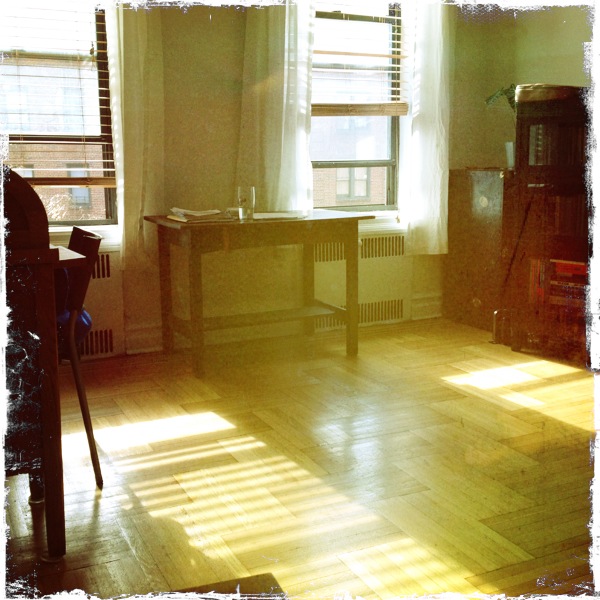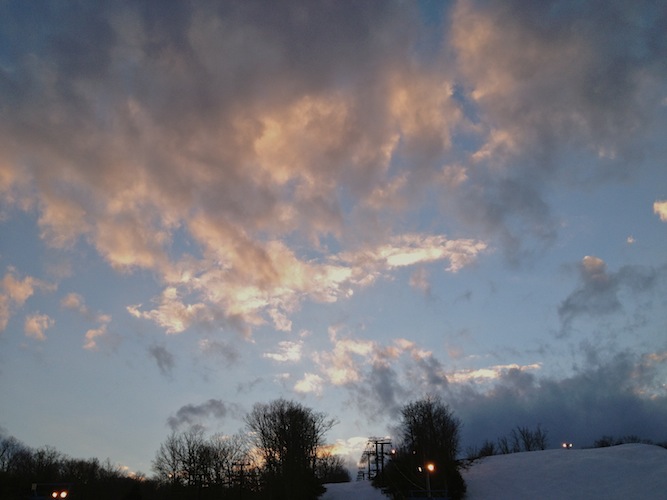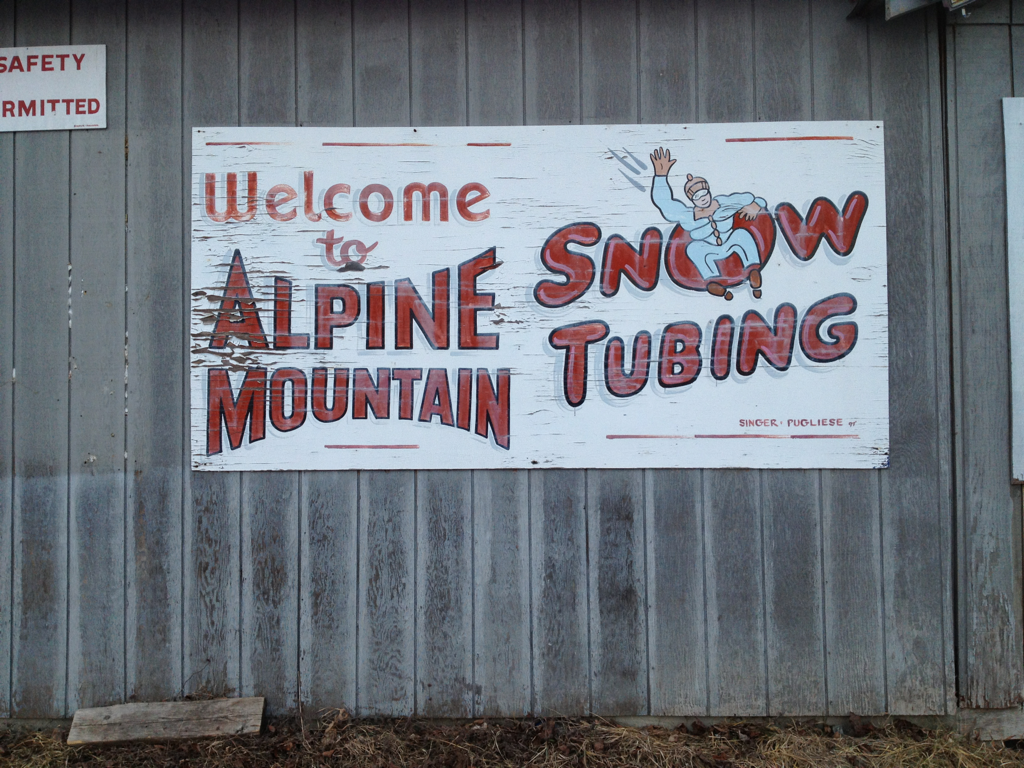Lesbians in Space feministing.com Interview with Maria Rodó-de-Zárate and Jen Gieseking, Full Transcripts
Below is the full interview between Gwendolyn Beetham with Maria Rodó-de-Zárate and Jen Gieseking for the blog feministing.com. You can read the feministing.com version here.
Chat History with
Created on 2012-07-31 14:14:25.
Gwendolyn Beetham: 13:19:28
Anyway, so, thank you both so much for your answers to the interview questions. I just read through them both a couple of times, and feel like they really speak to each other well. What did you think of seeing them together?
Jen Gieseking: 13:19:57
I really like them too. They really pair well. What did you think, Maria?
Maria Rodo de Zarate: 13:20:15
I also like them!
Jen Gieseking: 13:21:14
I think there is a lot of personal experience that fuels our work. …maybe one good conversation question is…: what we have learned from each other, either in these written statements or when we got to work together at CUNY?
Gwendolyn Beetham: 13:24:08
That




